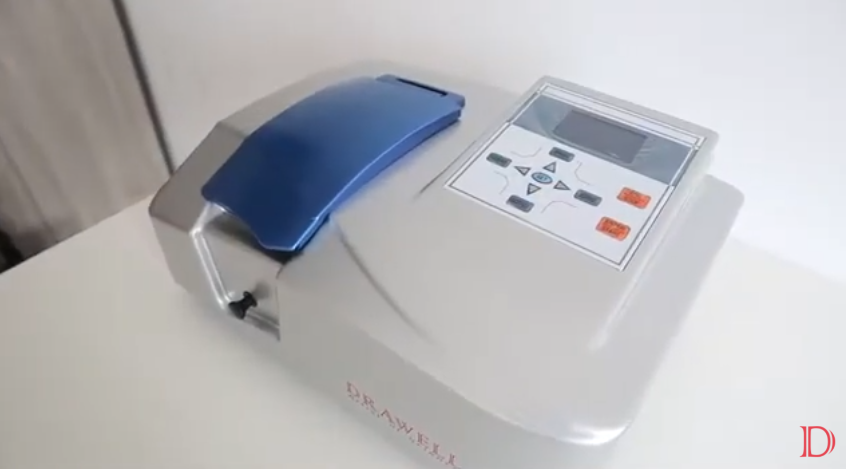What Is An Autorefractor How Does It Work What Are Its Uses and What Types Are There
During an eye examination, an automated refractor, also known as an autorefractor, is a digitally controlled instrument that is utilized for the purpose of providing an objective measurement of a refractive error, vision defects, and a prescription for eyeglasses or contact lenses. In order to carry out this method, one must first perform an analysis of the change that occurs in the path that light rays take when they enter the eye. The concept of contemporary automated refractors was the subject of a patent held.
What is the mechanism behind an autorefractor?
-
An image is projected into the patient's eye by the automated refractor
-
After going through the autorefractor lens, the infrared light rays from the image reach the retina and begin to act upon it
-
Rays of light are reflected from the retina, which is located at the back of the eye, and then travel through the optical lens
-
The image that is reflected is distorted and blurry as a result of the flaw in the eye lens
-
These flaws or imperfections can be picked up by the autorefractor
The returned image is then corrected by the instrument making use of its lenses and software until there are no more imperfections. This procedure is repeated three times, and then the software of the autorefractor calculates the eye's corrected lens prescription and displays it. When measuring the axial, spherical, and cylindrical components of the lens, the automatic refractor is the instrument of choice.
What is the proper way to use an autorefractor?
The following are the steps required to use a tabletop autorefractor:
-
The chin of the patient should be aligned on the chin rest, and the patient's forehead should be aligned on the forehead rest
-
It is important that the patient's needs be taken into consideration when determining the appropriate height or level of the rest
-
After that, the patient needs to concentrate on the image that is being displayed in the automated refractor
-
Adjusting the sensor level until a clear image of the eye can be seen on the monitor is what needs to happen in order to get an accurate reading for each eye's focusing measurement
-
After carrying out the procedure described above three times, the results of the automated refraction of the eye can be printed for review
What applications can an autorefractor be used for?
Automated refractors are utilized by ophthalmologists and optometrists in the course of conducting subjective refraction tests. This device determines the parameters of the patient's eye lens that are used for correcting their vision. Calculating the structural components of the retinal ring using this instrument requires a fundamental understanding of the concepts of refraction and reflection.
Different kinds of autoreflectors
Autorefractor that is portable
People who are unable to travel to an optometrist's office for a checkup can take advantage of portable automated refractors, which were developed specifically for this purpose. Optometrists have been able to examine vulnerable populations, conduct pediatric screenings, provide medical care in remote areas, and assist in disaster areas thanks to this instrument. Because of this, corrective eye lenses are now both more effective and easier to obtain.
Autorefractor portable to one's hand
Handheld automated refractors are a type of mobile automated refractors that consist of an instrument that can be held in the hand and used for determining the appropriate measurement of an eye lens. These refractors fall under the category of mobile automated refractors. After positioning the instrument so that it is 5 centimeters away from the person's eyes and at eye level, the person is given instructions to concentrate on the image that is being projected by the instrument. These portable, user-friendly automated refractors are a great investment.
Autorefractor that sits on a table
Optometrist offices often have table-top automated refractors available for patient use. The patient will position their head so that their forehead is in close proximity to the device. The infrared rays will then be transmitted from the device to the patient's eyes. The device then seizes the rays that have been returned. These measuring devices provide precise information regarding the spherical, cylindrical, and axial components of the eye.
